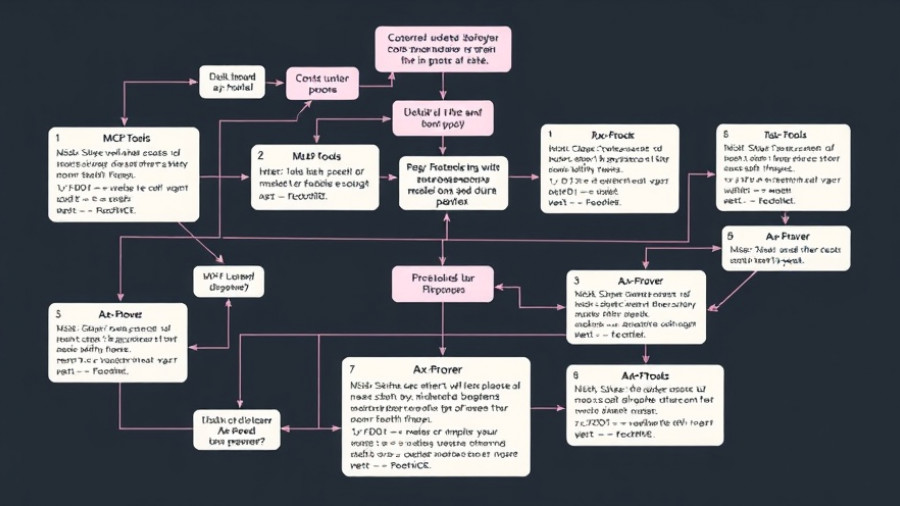
Google's New AI Revolution: Unveiling Gemini Models
Google has set the stage for a transformative leap in artificial intelligence with its recent introduction of two advanced models to the Gemini AI platform: the 2.0 Flash Thinking Experimental and the 1.5 Pro Deep Research. These models mark a significant enhancement in AI's ability to reason and conduct comprehensive research, paving the way for a future where machines can process complex information with unprecedented efficiency.
Enhancing Reasoning with Advanced Thinking Models
The newly developed 2.0 Flash Thinking Experimental model stands out for its focus on improving reasoning capabilities. By breaking down complex problems into smaller, manageable segments, this model mimics human-like thought processes, thereby allowing for a deeper analysis of information. Unlike traditional text-centric AI models, Gemini’s thinking models can identify patterns, draw logical conclusions, and ultimately provide more accurate and insightful responses. This development is especially significant for professional fields that require critical thinking, such as law, science, and academia.
Streamlining Comprehensive Research
Adding a layer of efficiency to data analysis, the 1.5 Pro Deep Research model excels at conducting in-depth studies on multifaceted topics. With the capability to sift through vast volumes of data, this model efficiently identifies relevant information and synthesizes it into coherent reports that are invaluable across various sectors. For academics and professionals alike, the ability to automate research processes not only saves time but also enhances the quality and depth of analysis, allowing users to concentrate on higher-order tasks that require human insight.
The Role of AI in Current Trends
The rapid advancements in AI technology reflect a broader trend towards developing systems that are not only reactive but also agentic. As defined by Google's CEO Sundar Pichai, agentic AI refers to systems that can understand their surroundings, think ahead, and take action on behalf of users, guided by their input. This approach could revolutionize how individuals interact with AI, making it an integral part of daily tasks while upholding user control.
The Future of AI and Agentic Models
As we progress deeper into the age of AI, it is crucial to explore the implications of these new models on society. Their deployment can be anticipated in various sectors, including healthcare, education, and the corporate world, where the ability to process and analyze substantial amounts of information can lead to more informed decisions and improved outcomes. Furthermore, as AI becomes more embedded in our workflows, understanding its nuances will become essential for everyone, especially those in decision-making positions.
Addressing Ethical Concerns and Safety
With great power comes great responsibility, and the implementation of advanced AI models raises ethical questions regarding their usage. Safety and security must remain paramount, especially as design teams at Google invest in creating guidelines for responsible AI deployment. Initiatives like the AI Overviews aim to keep users informed and safe as they navigate interactions with these intelligent systems.
Conclusion: A Call to Embrace AI's Future
Understanding technologies like deep reasoning AI and the implications of models such as Gemini serves not only to enhance our engagement but also to prepare us for a future where AI agents will be commonplace. The potential of enhanced AI capabilities to streamline our tasks cannot be overstated. As we stand on the cusp of this new era, embracing and understanding these developments will be essential. Interested individuals should explore how these newer models can enhance their work efficiency within their professions.
 Add Row
Add Row  Add
Add 




Write A Comment